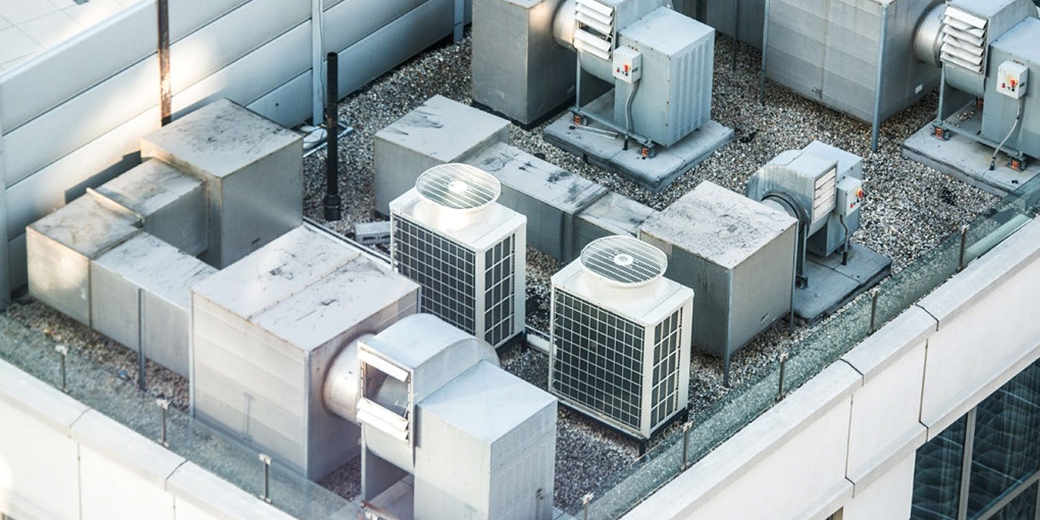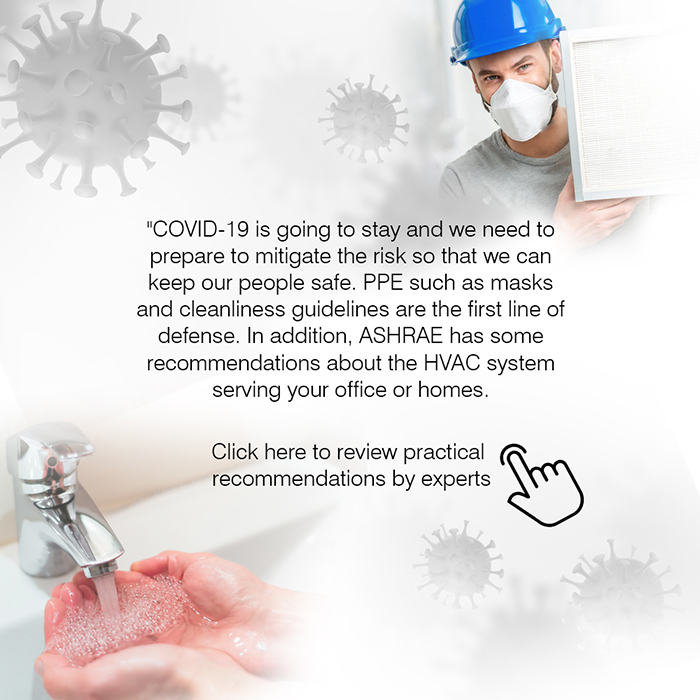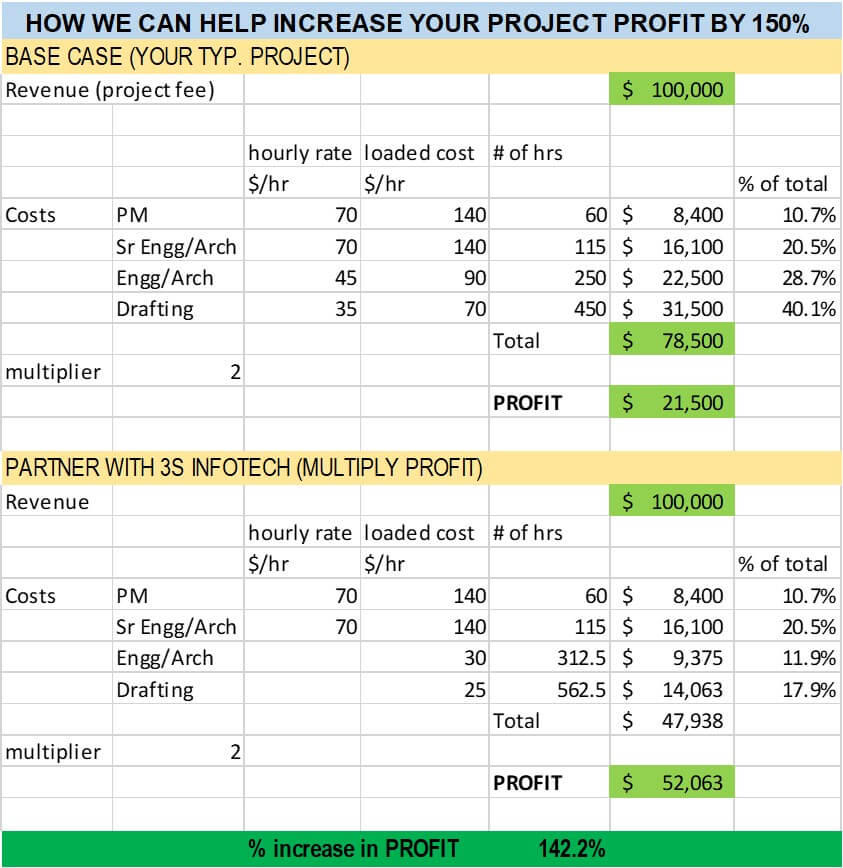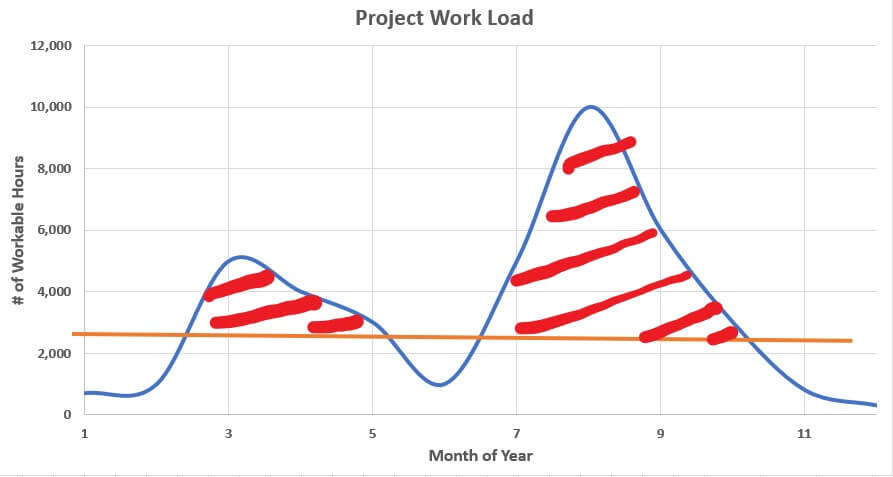POST COVID HVAC
Although much remains unknown about COVID-19, scientists have established that the coronavirus is highly contagious and transmitted via air. Studies suggest that it primarily spreads when infected people cough, sneeze, or talk—actions that expel respiratory droplets containing particles of coronavirus in combination with mucus or saliva. If these droplets land on or are inhaled by others nearby, they could transmit the coronavirus. Since air is a major medium of transmission of COVID-19, how does this affect HVAC systems?
The SARS-CoV-2 has not been proven to grow organically on evaporator coils, in drain pans, or on duct surfaces. The biological threats to our health (e.g., fungi, mold, and bacteria) can grow in a poorly maintained HVAC system. But, if your home and business are virus-free, they should remain virus-free. Additionally, a well-maintained HVAC system with excellent air filtration will keep it that way.
Much is still unknown about how the coronavirus particle size affects transmission. Tiny coronavirus particles, of about 0.1 microns in size, can become airborne and travel greater distances, while heavy droplets, of about five to ten microns, usually travel less than one meter before settling. Furthermore, smaller droplets may evaporate, leaving virus particles, referred to as aerosols, suspended in the air. A recent study demonstrated that coronavirus particles might remain active for up to three hours after their release. Airborne transmission of the coronavirus may be possible indoors, especially for people who spend extended periods in crowded and poorly ventilated rooms.
Control-setting changes and upgrades to HVAC systems
A research study was done on SARS (Severe Acute Respiratory Syndrome) in 2004. Scientists concluded that HVAC systems could potentially spread a virus across a room occupied by an infected person. If airborne transmission is also possible with the coronavirus, a few control-setting changes and upgrades may help decrease the risk of spread through this route. If building managers take such actions, they might help their tenants feel more comfortable amid all the uncertainty about the coronavirus.
One step that technicians could take involves configuring ducted HVAC systems to increase the rate of exchange with fresh air from outside the building to reduce recirculation.
In buildings with old or inflexible systems, technicians might consider upgrading HVAC Equipment. Some of the most important might include these:
⦁ Replace fixed-speed fan motors with variable ones to enhance the control of airflow and allow for a minimum setting that produces lower speed airflow.
⦁ Identify a sophisticated airflow-control system, such as those that are sensitive to pressure, to allow for smoother adjustment of airflows.
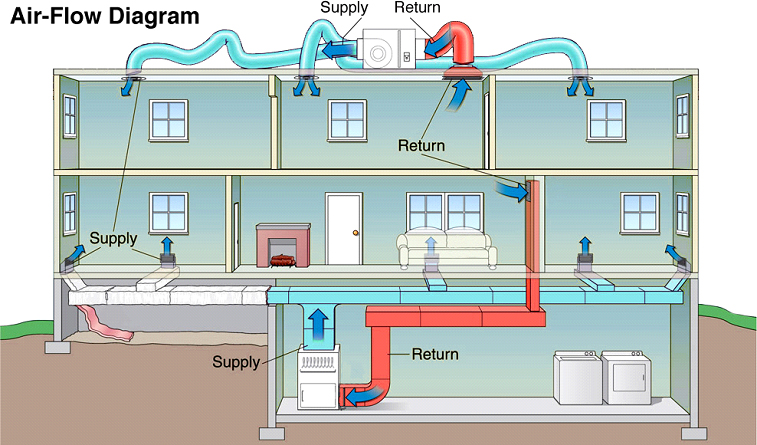
Figure 2. HVAC ducted airflow diagram.
Options for air purification
Filtration is typically the most effective method for HVAC systems (figure 2). Other technologies, including irradiation and thermal sterilization, inactivate biological particles in the air without removing them. HVAC systems can also incorporate ionic purifiers, ozone generators, and other devices for cleaning the air.
Filters in residential or commercial HVAC systems are usually installed either at an air inlet or outlet or within the central air-handling unit. Since the external air that flows into an HVAC system may be contaminated, technicians sometimes install a pre-filter for incoming air.

Figure-2 Contaminated air purification method
The mechanical filters in HVAC systems have tangled fibers that trap particles too large to fit through the openings. Figure 3 shows selected filters and their ratings from organizations based in the United States.
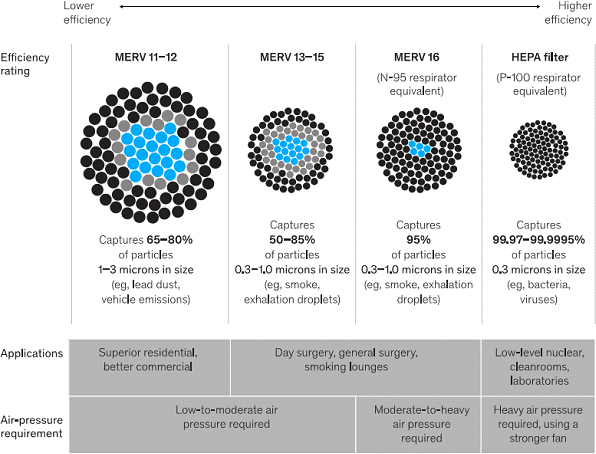
Figure-3 Filter standard air purification
Filters must remove 99.97 percent of particles of 0.3 microns. Minimum Efficiency Reporting Value (MERV) filters are assigned ratings according to their ability to filter out large particles (from 0.3 to 10.0 microns in size). MERV filters with ratings of 17 or higher are comparable to HEPA (High-Efficiency Particulate Air) filters and may be referred to by that term. Similar to the air-conditioning systems in most homes, commercial buildings generally have filters rated MERV 12 or lower. Only some air conditioners can accommodate HEPA filters, and technicians must configure them properly and replace them regularly. Nevertheless, there exist several devices and techniques for tackling novel coronavirus SARS-CoV-2.
UV Lights and Lamps: Ultraviolet-C Radiation, Disinfection, and Coronavirus
UVC radiation is a known disinfectant for air, water, and nonporous surfaces. UVC radiation has effectively been used for decades to reduce the spread of bacteria, such as tuberculosis. It is for this reason that UVC lamps are often called “germicidal” lamps.
UVC radiation has been shown to destroy the outer protein coating of the SARS-Coronavirus, which is a different virus from the current SARS-CoV-2 virus. The destruction ultimately leads to the inactivation of the virus. UVC radiation may also be effective in inactivating the SARS-CoV-2, the virus that causes the Coronavirus Disease 2019 (COVID-19). Figure 4 shows UV lights in HVAC equipment and duct.

Figure-4 UV Lights in HVAC Equipment and duct
In addition to understanding whether UVC radiation is effective at inactivating a particular virus, there are also limitations to how effective UVC radiation can be at inactivating viruses, generally. These limitations include:
⦁ Direct exposure: UVC radiation can only inactivate a virus if the virus is directly exposed to the radiation. Therefore, the inactivation of viruses on surfaces may not be effective due to the blocking of the UV radiation by dust or other contaminants, such as bodily fluids.
⦁ Dose and duration: Many of the UVC lamps sold for home use are of low dose, so it may take longer exposure to a given surface area to potentially provide effective inactivation of a bacteria or virus.
UVC radiation is commonly used inside air ducts to disinfect the air. This is the safest way to employ UVC radiation because direct UVC exposure to human skin or eyes may cause injuries, and installation of UVC within an air duct is less likely to cause exposure to skin and eyes.
Application
UV Lights and Lamps are additional equipment for HVAC systems. They are most commonly used in the commercial and Pharma sector. The impact that UV-C has on mechanical systems and occupants translates into substantial economic benefits, including reductions in energy consumption, energy cost, and carbon footprint; reductions in hot/cold complaints and maintenance actions associated with complaints; reductions in system downtime and staff time needed for chemical or mechanical cleaning; and increases in occupant satisfaction and productivity. On average, UV-C can slash 10 to 25% of HVAC energy use.
Bipolar air treatment control
Bipolar ionization is an HVAC add-on, which helps to keep indoor air pure by removing pathogens such as viruses or bacteria from the air. These special tubes take molecules of oxygen from the air and convert them into charged atoms, which attach themselves to the aforementioned micro-particles/pathogens. These bipolar ionization tubes are capable of picking up mold, allergens, and other airborne micro-particles.
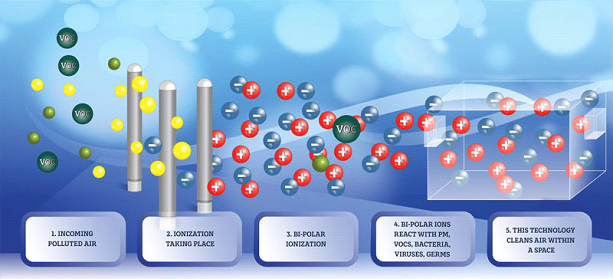 Figure-5 Bipolar air Treatment Diagram
Figure-5 Bipolar air Treatment Diagram
After attaching to these micro-particles, these charged atoms become more enlarged, making it easier for air filters to pick them up. This operation makes it easier to filter out common carriers of viruses like COVID-19, such as breath droplets or dust particles. The process happens continuously throughout the day unless it is specifically programmed for special time intervals using building automation systems. What’s left after this process is simply clean air.
Application areas
Bipolar ionization can be installed in virtually every facility, but it has most commonly been used in larger facilities such as distribution centres, schools, and hotels. This is because larger facilities have a harder time keeping air pure, as there are many ways for things like dust particles to infiltrate the indoor air.
Ozone air treatment control
Ozone has been used for about a century to treat water for pathogens, minerals, volatile organic compounds (VOCs), and other impurities. Only in the last decade or so, however, has ozone been applied on a large scale to heating, ventilating, and air conditioning (HVAC) systems.

Figure-6 Ozone air treatment Diagram
The versatile characteristics of ozone make it an excellent complement or replacement to traditional treatment and disinfection methods with the potential to save large amounts of operational costs and increase reliability and production uptime. In a recent study, research scientists have confirmed that ozone-based disinfection is effective against the coronavirus type. As of now, STERISAFE has commenced a new journey to tackle the coronavirus pandemic using ozone-based disinfection.
Application areas
Ozone is used in various industries worldwide, ranging from drinking water disinfection, pool treatment, food & beverage, and process industries such as off-shore and mining and Health care, etc.
Airflow Control
While studies are still ongoing about how the coronavirus spreads via air, evidence suggests that measures to change indoor airflow patterns could play a role in reducing transmission. Three main principles apply:
⦁ Encouraging a vertical laminar rather than turbulent airflow.
⦁ Ensuring the speed of airflow.
⦁ Potentially contaminated air out of rooms and away from people.

Figure-7 Airflow Control Diagram
In-room airflows
Based on the restaurant layout, seating arrangements, and smear samples from air-conditioning inlets and outlets, the US Centers for Disease Control and Prevention (CDC) found that the coronavirus can be transmitted when strong airflows from a nearby air conditioner spread large droplets from the infected person.
Changing airflow patterns to create laminar vertical airflow—air moving at the same speed and in a straight path—may effectively prevent the airborne transmission of coronavirus particles. This principle is already used to prevent the spread of particles in several settings. For instance, cleanrooms and hospital operating rooms minimize contamination via sophisticated systems to direct air from the ceiling to the floor with laminar flow. On commercial aircraft, ventilation systems are configured to blow air vertically from ceiling to floor to reduce the spread of contaminated air within the cabin.
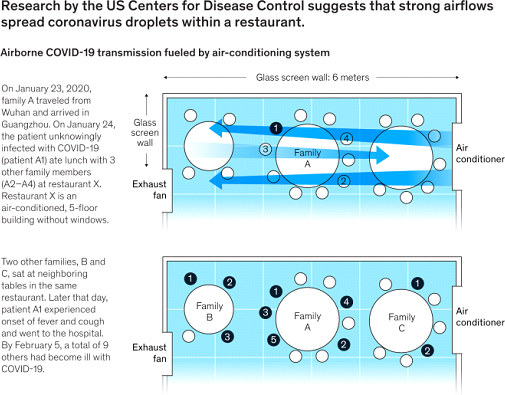
Figure-8 Laminar and Turbulent Airflow Patterns
Inter-room airflow
Some building managers and others may want to take steps to prevent contamination between rooms—something that could occur if the coronavirus is found to spread via airborne transmission. Technicians should identify how air moves through rooms before installing new devices or upgrading HVAC systems. Their evaluations could include a blower-door test, which involves creating calibrated pressure in a room and then monitoring the flow and leakage.
Options involving HVAC upgrades and focusing on simpler changes could address any problems detected. These solutions might include installing doors or air curtains, generating overpressure above suspended ceilings, and sealing any gaps in them (Figure 9).

Figure-9 Server solution for prevent spread of viruses.
Individual protection
In some workplaces, close physical contact is difficult to avoid, which makes viral transmission risk higher. No commercial products protect airflows within individual workstations, such as a specific position next to an assembly line or an employee’s desk. Innovators may introduce some solutions for individual protection, such as those that involve adapting principles from airflow-control units or ventilation hoods, especially if the evidence for airborne transmission of the coronavirus continues to climb.
Maintenance
The coronavirus is somewhat fragile. It only survives for a few days based upon the material on which it lands. It has also shown itself to be quickly inactivated with good hygiene and from high-touch areas by cleaning with soap, water, and disinfectant. The same goes for the HVAC system. A thorough cleaning can remove any viral contamination that may occur.
This article has presented the recent developments since the coronavirus pandemic began. By following some of the instructions and guidelines, you can prevent the spread of this virus while using HVAC systems.

